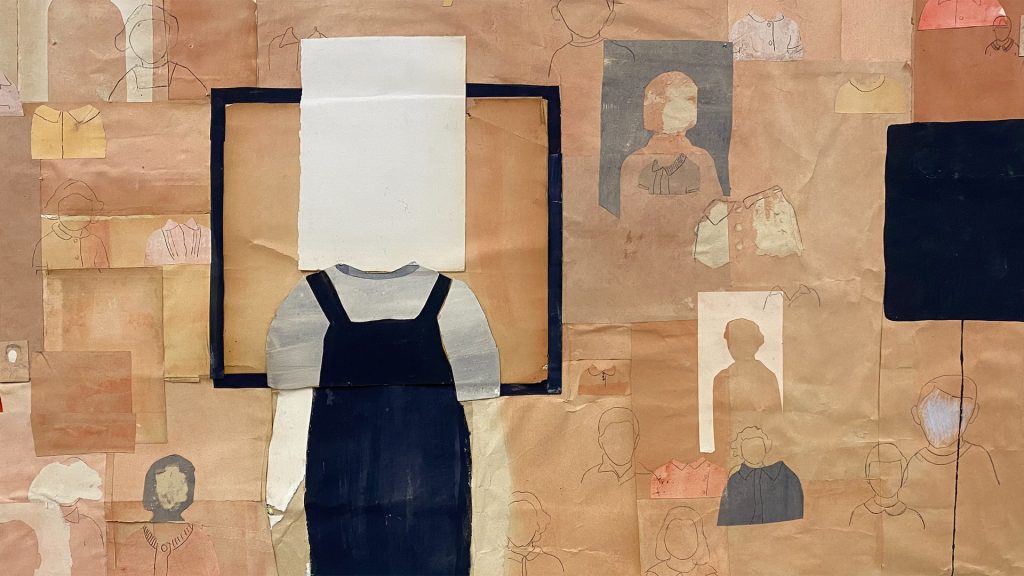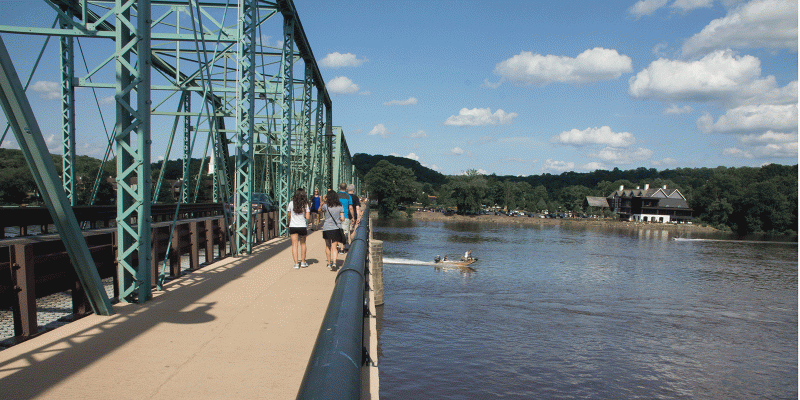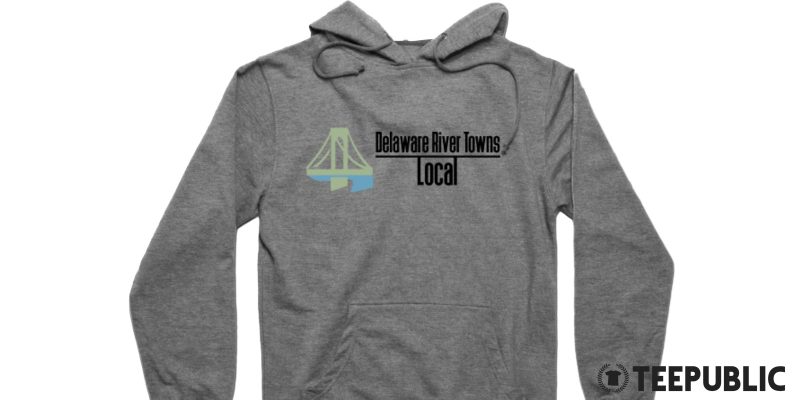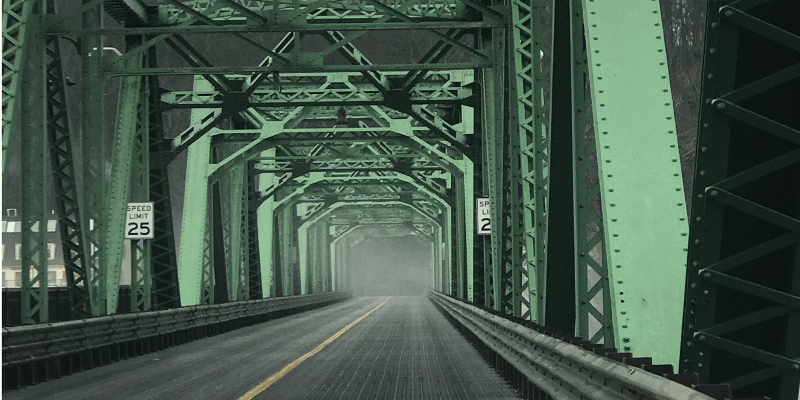In the weeks and months that followed the murder of George Floyd, the frustration focused not on blatant acts like Derek Chauvin’s but on more discreet, systemic forms that have been a part of America since its very inception. The rallying cry seemed to be, we can’t expect the Derek Chauvins of the world to go away if we don’t acknowledge that our society subtly shapes and encourages them from a very young age.
The conversations that continue today center on rectifying all the ways – so many ways – that can happen, from omitting significant chunks of our local and national history from textbooks to imperceptible forces steering the hiring and advancement at business of all sizes to handing down unspoken narratives through generations. Together, they’ve shaped a reality that is misleading and incomplete.

On January 15, ArtYard, in Frenchtown, will present “Invisible,” an exhibition that explores the impact of these acts and lots of other, equally devastating ones from the perspectives of 12 artists.
“In illuminating invisible forms of labor, unspoken emotional states, and unnoticed effects of human presence, the exhibition examines what the author Svetlana Alexievich calls “the missing history – the invisible imprint of our stay on Earth and time,” reads ArtYard’s description.
“Invisible” has been curated by Jill Kearney, ArtYard’s founder and executive director. Before launching ArtYard, Kearney was a journalist and Los Angeles-based film executive.
Collectively, the 12 featured artists represent an exceptionally diverse range of backgrounds and interests.
sTo Len, for one, is a Queens, New York-based interdisciplinary artist with familial roots in Vietnam and Virginia. Much of his art has revolved around abused landscapes – polluted waterways, FreshKills landfill, superfund sites. His installation in “Invisible” resulted from a residency at ArtYard and a series of mudlarking expeditions to forage for riverborn refuse, including one organized by the Delaware River Greenway Partnership.
Kaitlin Pomerantz’s “Trodden” series captures the imprint of shoes on fallen magnolia petals at the start of the pandemic.
“I noticed the great bloom of a magnolia tree near my house, also precariously close to a hospital and COVID tent,” the Philadelphia-based artist says of her conception of the series. “Fully gloved and masked, I scarcely dared touch a thing outside of my home, yet these freshly fallen petals promised a sort of safety if I could catch them upon first terrestrial contact. So the small collection began, for the duration of the bloom, and beginning of the quarantine.”
Vasiliki Katsarou is a poet and filmmaker. For” Invisible,” she’s created Haiku-length poems that will be dispensed from 10 gumball machines. Printed on water-soluble paper, the poems can be kept as a souvenir or dropped in a water-filled receptacle at the exhibition, where you can watch it disappear.
An opening reception will be held Jan. 15 from 6 PM to 8 PM. Masks and proof of vaccination will be required. You can RSVP here. Gallery hours are 11 AM to 5 PM Wednesday through Sunday. Admission to the gallery is free.




Leave a Reply